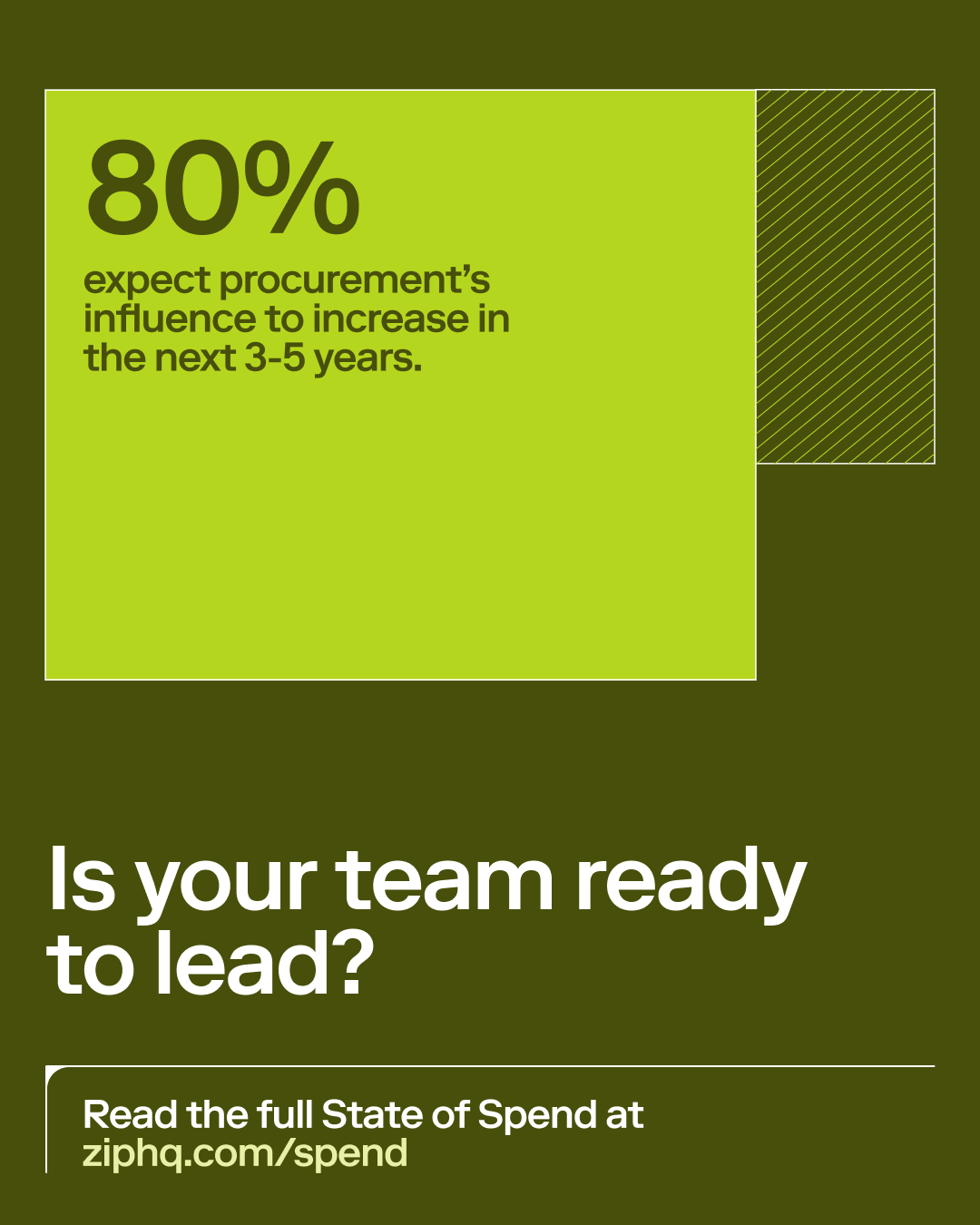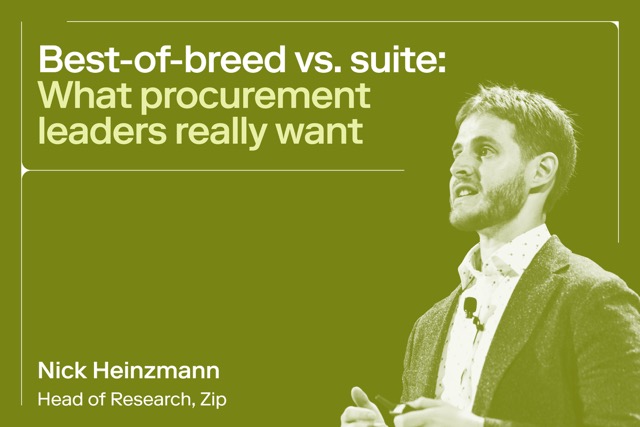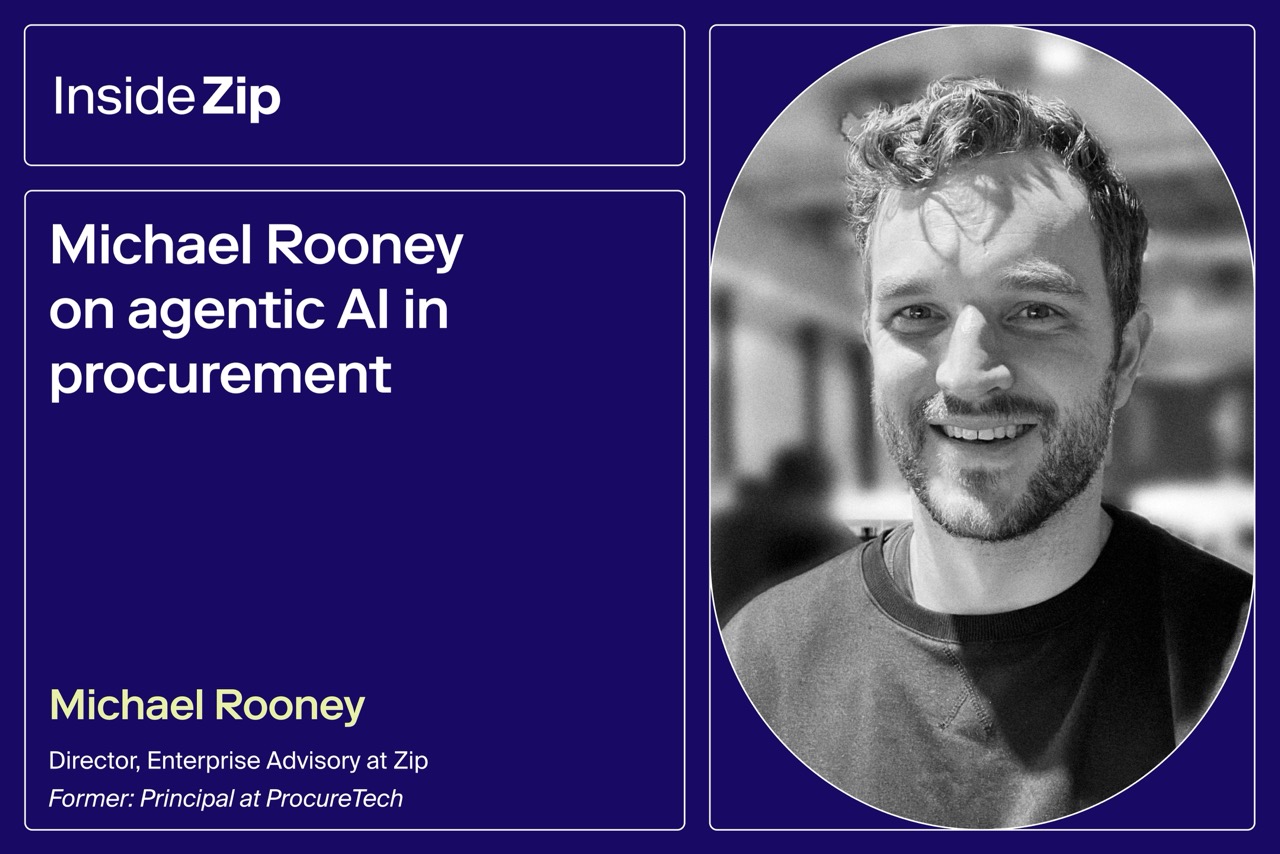
The $1B problem hiding inside your distributed spend
Here’s how procurement can reclaim influence and extend strategic reach.

Here’s an uncomfortable truth: there’s a massive gap between where executives want savings and where procurement actually has influence.
According to our State of Spend data, the top targets for savings this year are universally ‘service-based’ categories like professional services, contingent labor, travel and events. Executives right now are putting their greatest scrutiny on the people stuff.
Why? As I see it, there’s a consensus that people and labor-based categories are going to be fundamentally disrupted by AI. Whether that’s 100% true or not we’ll see in a few years, but the expectation is there nonetheless. Consulting firms are trying to heavily leverage AI themselves (McKinsey recently revealed to be a top consumer of ChatGPT tokens), likely because more and more companies are asking themselves “Why can’t we get those insights from AI ourselves?"
The problem is, this kind of spend typically hides in distributed pockets across the organization, in functions that, let’s be honest, often resist procurement control. Marketing, legal, IT don’t always play as nice with procurement as maybe they could.
Three practical solutions for taming distributed spend
As I see it, there are three ways procurement can make a dent at driving real results here.
1. The technology-driven front door for SaaS
First, companies need to implement what I call a technology-driven intake gate specifically for SaaS. The sheer volume of subscriptions is overwhelming, and procurement needs a centralized point of entry for any new software request.
This leads to more control, but perhaps more importantly more validation. Can we confirm that there’s not an existing tool or license within the company that can meet this requirement? This is a system that should trigger automatically. And from a risk standpoint, it enables contract standardization, making sure all contracts use approved legal templates and meet minimum security and data privacy requirements, including possible click-through T&Cs.
2. The preferred supplier program for consulting
For consulting spend, the lack of standardization across groups leads to rate variances and inconsistent quality. The solution is to create a defined, small roster of preferred suppliers for common services, like IT advisory, strategy, or HR consulting.
But more than that, procurement needs to negotiate standardized, volume-based rates with these consulting firms and move away from those one-off negotiations per project.
There should be rate cards for each of your preferred consulting suppliers. That way you get quicker throughput, but you're also demand-planning the price.
I heard something at a SIG event recently: "No one knows how to do SOWs in this business."
So how do we mandate, or even use AI in some cases to create the SOW template that should be the same across all engagements? This would ensure consistency in deliverables, milestones, and payment terms, regardless of who's making the request.
3. Cross-functional governance for high-value services
For any services spend above a certain threshold, a single department shouldn't be the only one to sign off. Who should be on that committee? Is it IT? Legal? Risk and compliance? Maybe a finance person along with procurement?
I think procurement's role is 'the facilitator' that brings the group together, guides the review process, and makes sure all stakeholders review the proposal. This enables total cost of ownership analysis (ie. implementation, integration, ongoing support), not just the initial purchase price.
We see too many change orders and new SOWs every time we engage consultants on a specific program.

Here’s why procurement automation is so important
Our State of Spend research shows that despite 58% of leaders claiming they're "somewhat confident" in governing distributed spend, over 60% believe procurement should have either "slightly more" or "much more" control over these areas.
The disconnect between confidence and desire for more control tells us something important: the current approach isn't working.
The number one limiting factor to expanding procurement's influence today is inflexible and slow processes, followed by under-investment in technology.
People want the procurement experience to be what I call ABC: Automated, Business-friendly, and Cross-functional.
But the perception today is that procurement processes are extremely slow, inflexible, and outdated, so people go around them.
How procurement can move from good to great
Here's the reality check: procurement's brand is complicated. According to the State of Spend, procurement's brand is good, but not necessarily great. We have room to improve. How do we push beyond good to make procurement an excellent trusted advisor to the business?
The answer lies in getting more spend under management (SUM). We all know spend under management typically is stuck in the 60 to 65% range. If we really want to go beyond that average, to 70%, 80%, or even 90%, we need to go upstream and shape demand more, especially in the distributed categories where procurement may not have full influence today.
Of course procurement wants more control, but the bigger picture is that this is where business is asking us to target our focus. If you want to hit those savings targets and capture the opportunity in the market right now, this is where procurement needs to lead.
Procurement has the ability to lead the path forward
The distributed spend challenge isn't going away. If anything, it's becoming more urgent as executives demand savings in exactly the areas where procurement has traditionally had the least control. But with the right combination of technology, process improvement, and cross-functional collaboration, we can break out of the traditional procurement box and capture the value hiding in distributed spend.
The tools and strategies I've outlined here, (intake and orchestration, preferred supplier programs, and cross-functional governance) are practical solutions that forward-thinking procurement teams are implementing today.
The question then isn't whether to pursue these strategies, but how quickly you can move.
If you want to learn more about how procurement leaders are tackling distributed spend and other priorities in the new year, download the full State of Spend report for comprehensive data and insights from over 1,000 global procurement and finance leaders.

Maximize the ROI of your business spend

Enter your business email to keep reading
















%20Large.jpeg)





.webp)


















